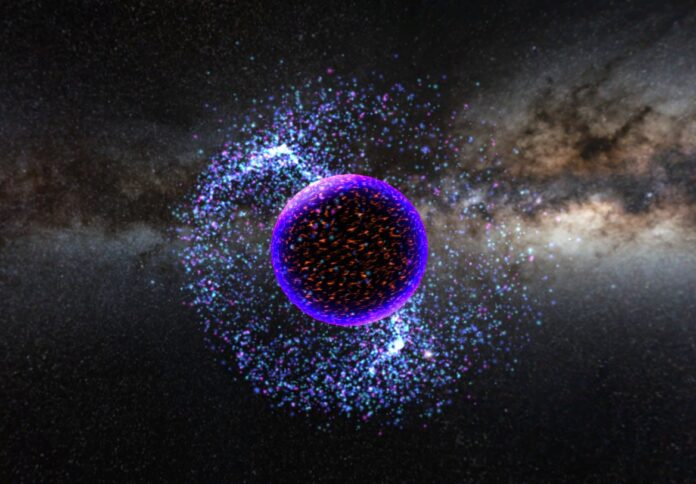
Swinburne University of Technology has launched a $5.2 million supercomputer that will enable academics and collaborators across Australia to conduct innovative space technology, health, and environmental research.
In a press release, the university said this supercomputer has a processing power ‘millions of times’ greater than normal computers, allowing for a new study into space, the brain, and Earth’s intricate ecosystems.
The Ngarrgu Tindebeek supercomputer was named by Wurundjeri elders with the help of the Moondani Toombadool Centre and won $5.2 million from the Victorian Higher Education State Investment Fund (VHESIF) in 2022.
It translates as “Knowledge of the Void” in the local Woiwurrung language and signifies the objective of using a supercomputer’s capability to help scholars explain the unknown and push the frontiers of knowledge.
Its capabilities include gaining a greater knowledge of the mysteries of space, such as gravitational waves, black holes, and galaxy formation, as well as the operation of the brain through neuroscientists and neuroimaging experts analysing brain data.
“What used to take researchers and students weeks or months to achieve on their desktops, can now be done in a matter of hours,” said Data Science Research Institute Director and 2023 winner of the Shaw Prize Professor Matthew Bailes.
He explained, “This supercomputer is designed specifically to help researchers facing massive data sets – like astronomers or neuroscientists – make groundbreaking discoveries.”
He went on to say that these characteristics are already making it a sought-after machine among scientists in Australia and throughout the world.
“Excitingly, it could help us become the first people to convincingly detect gravitational waves from super massive black holes by performing trillions of calculations every second for weeks,” noted Prof Bailes.
The supercomputer will be available for use in joint research initiatives at all Victorian institutions.
This work program will assist 50 researchers and be used by approximately 250 students ranging from high school to doctoral level.
The new supercomputer expands on Swinburne’s extensive background in supercomputer design, development, and operation, which includes the identification of many of the earliest Fast Radio Bursts and the establishment of the gravitational wave event parameters.




















